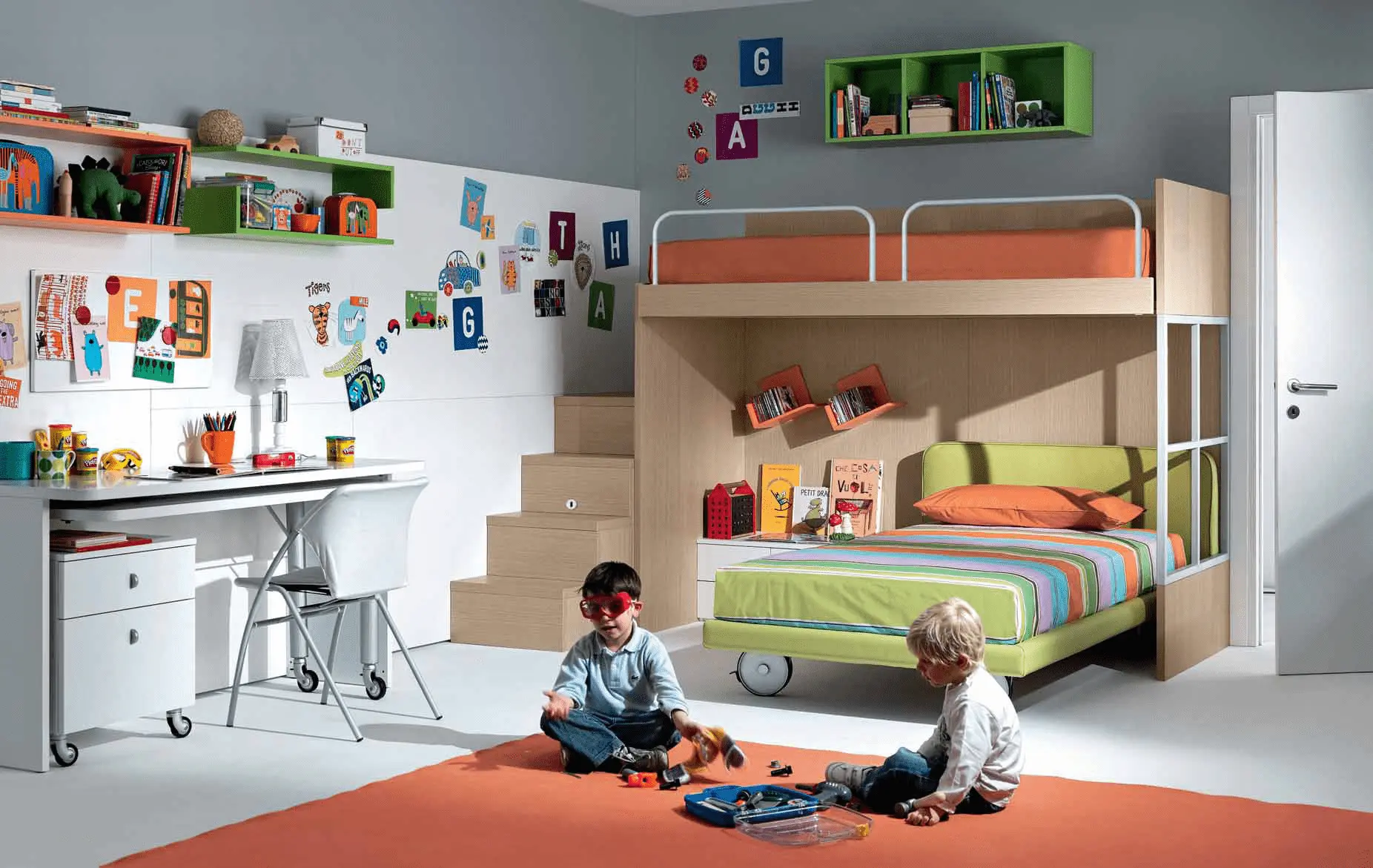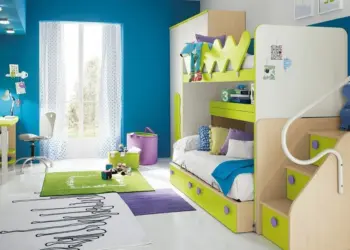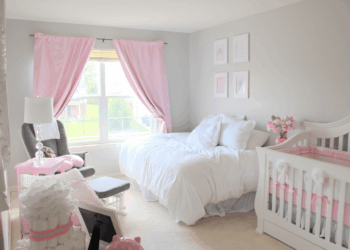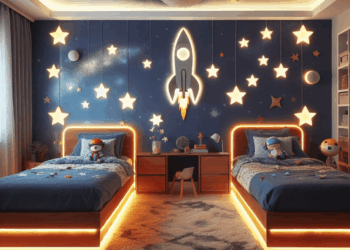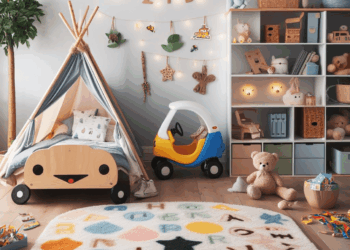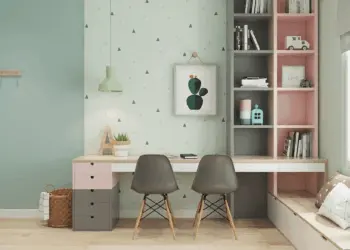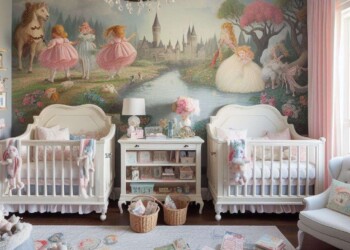Designing a toddler or kids’ bedroom is a delightful journey filled with creativity, imagination, and the opportunity to create a safe and inspiring space for your little ones. Whether you’re setting up a nursery for your newborn or revamping a room for a growing child, there are numerous ideas and considerations to explore. Creating a toddler and kids bedroom can be an exciting project. Here are some tips and ideas to help you design a functional and appealing space , we’ll guide you through the process of creating dreamy, functional, and personalized bedrooms for toddlers and kids.
Table of Contents
Creating a Dreamy Nursery
Designing a nursery is a heartwarming experience for parents. It’s the first space your child will call their own. Start with a blank canvas and transform it into a cozy haven for your newborn.
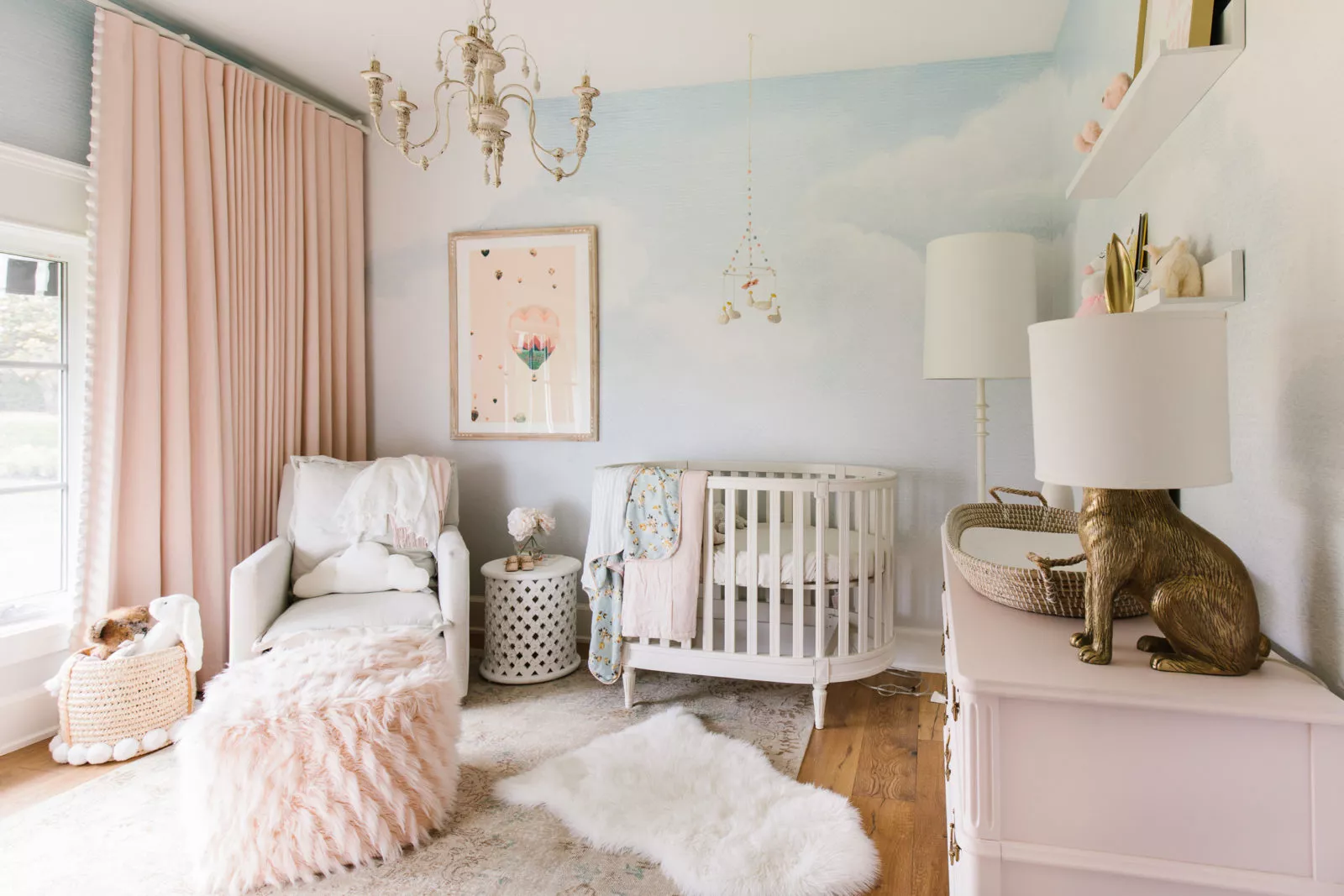
Themes and Color Schemes
Selecting a theme and color scheme is the first step to creating a captivating kids’ room. Dive into the world of possibilities, from whimsical themes to gender-neutral palettes.
- Princess Paradise: Transform your little one’s room into a fairy tale kingdom with pastel colors, canopy beds, and whimsical decor.
- Adventure Awaits: Fuel their fascination with the cosmos by creating a space-themed bedroom. Glow-in-the-dark stars on the ceiling and astronaut bedding can make bedtime an interstellar journey.
- Fantasy Wonderland: Transform your child’s room into a magical wonderland with fairy tale-inspired decor. Think princesses, knights, and enchanted forests.
- Nature-inspired Retreat: Bring the outdoors inside with a nature-themed bedroom. Use earthy colors, tree decals, and animal prints to create a serene environment.
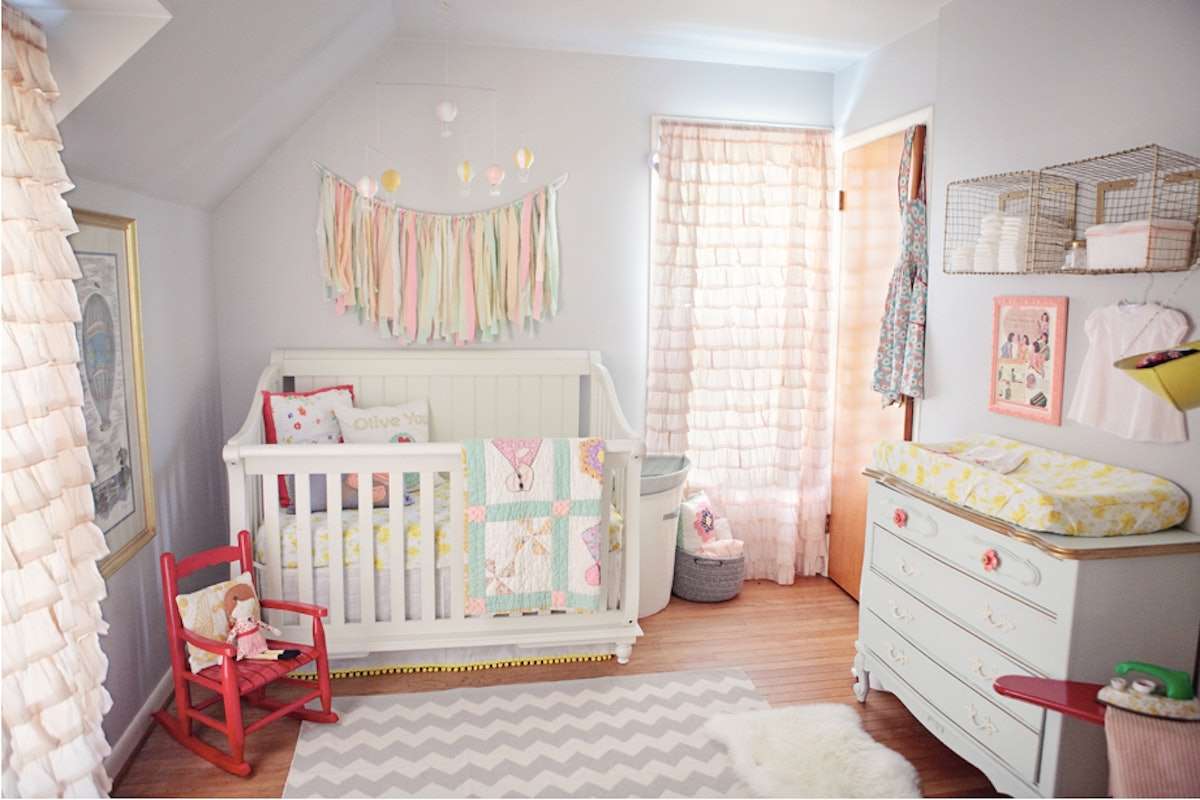
The Power of Color Psychology
Colors have a profound impact on a child’s mood and behavior. While bright, primary colors can be stimulating, softer tones like pastels or neutrals create a calming atmosphere. Consider incorporating a mix of colors to strike a balance.
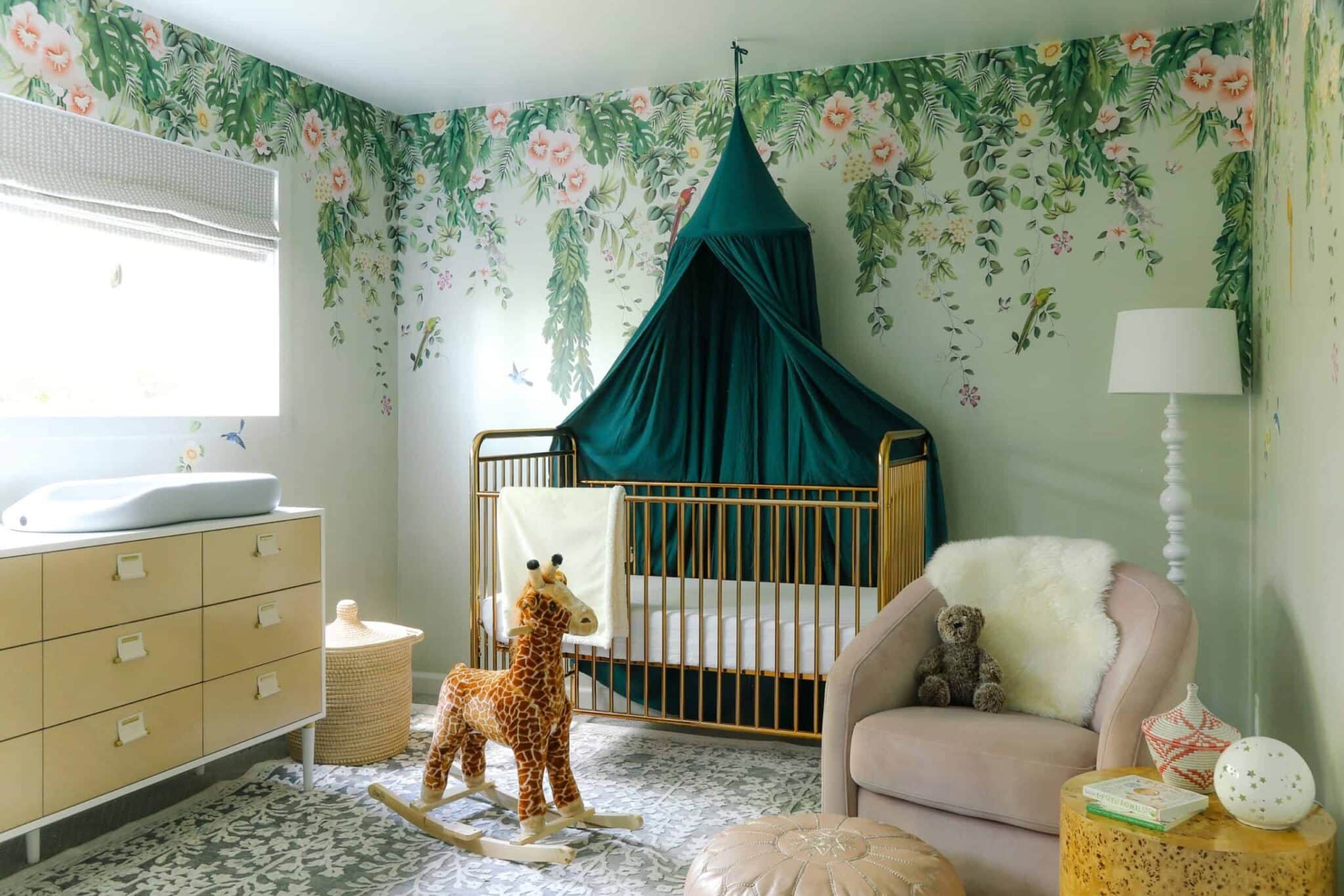
Furniture and Layout
Discover the essentials of choosing the right furniture and arranging it in a way that maximizes space and ensures safety.
Versatile and Adaptable Furniture
Kids grow fast, and their needs change. Invest in furniture that can adapt to these changes. Cribs that convert to toddler beds, expandable desks, and modular storage units are excellent choices.

Storage Solutions
Keeping a kids’ room tidy can be a challenge. Explore innovative storage solutions to keep toys, books, and clothes organized.
- Colorful Cubbies: Utilize colorful storage cubbies for toys and books, promoting organization while adding a vibrant touch.
- Under-Bed Drawers: Maximize space with under-bed drawers that hide away clutter and leave more room for play.
- Flexible Storage Solutions Kids accumulate toys and belongings quickly. Invest in storage solutions like labeled bins, shelves, drawers to keep clutter at bay.
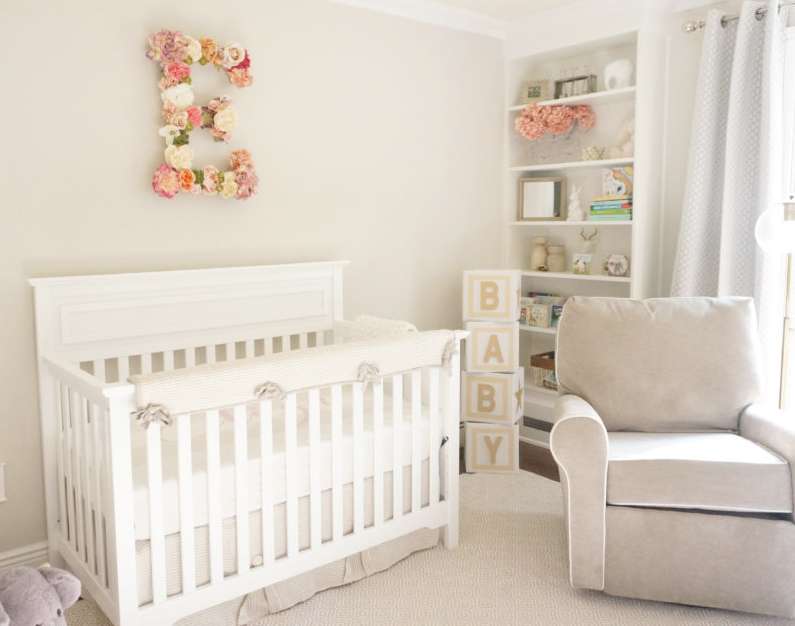
Dreamy Bedding
- Soft and Cozy: Invest in soft, hypoallergenic bedding that ensures a good night’s sleep and sweet dreams.
- Personalized Touches: Add personalized pillows or blankets to make your child feel extra special.
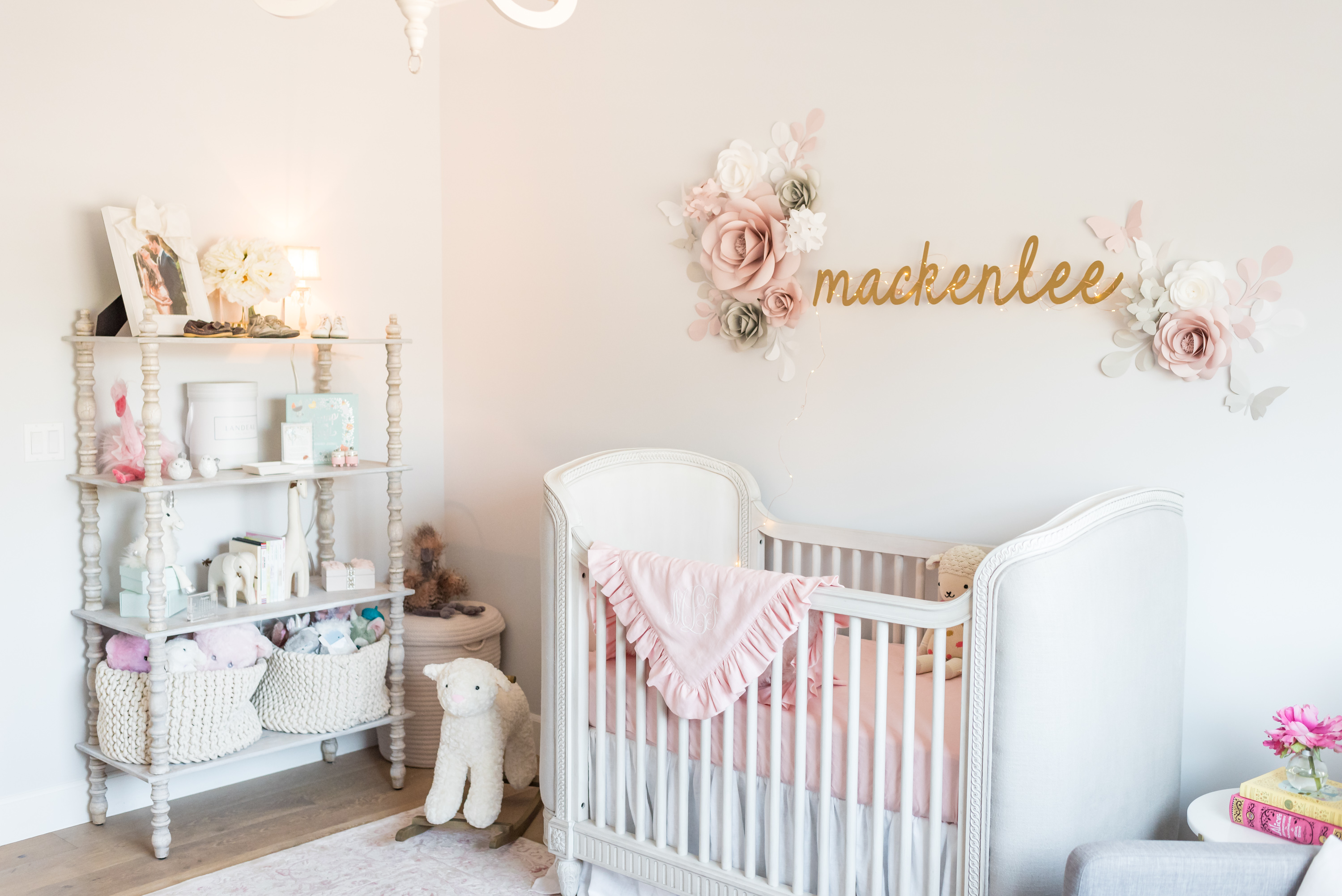
Decor and Personalization
Add personality to the room through decor items, wall art, and personal touches that reflect your child’s interests and passions.
- Name Wall Art: Spell out your child’s name with wall art or wooden letters.
- Photo Gallery: Create a photo gallery of family memories to make the room feel warm and personal.
- Customizable Decor: Use removable wall decals, murals, or chalkboard paint for easy updates. Let your child’s interests guide the room’s theme.
- Encourage Independence: As kids grow, encourage independence by placing items within their reach. Low hooks for hanging clothes or a step stool for reaching the sink teach self-sufficiency.
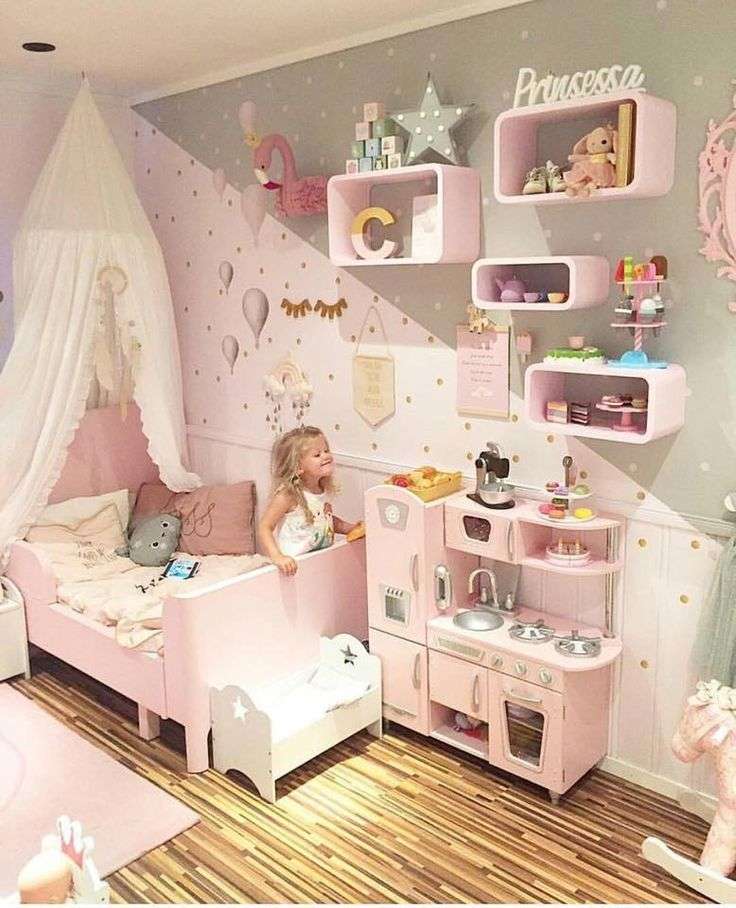
Bedroom Ideas for Growing Kids
1. Creative Workspaces
- Artistic Expression: Encourage artistic talents with an art corner filled with supplies and a gallery wall to display their masterpieces.
2. Versatile Furniture
- Bunk Beds: Save space and create a playful atmosphere with bunk beds that accommodate siblings or sleepovers.
- Convertible Cribs: Opt for cribs that can be converted into toddler beds, growing with your child.
3. Educational Decor
- Educational Wall Decals: Decorate with educational wall decals that make learning fun.
- Globe or Maps: Incorporate a globe or world map to spark curiosity about geography.
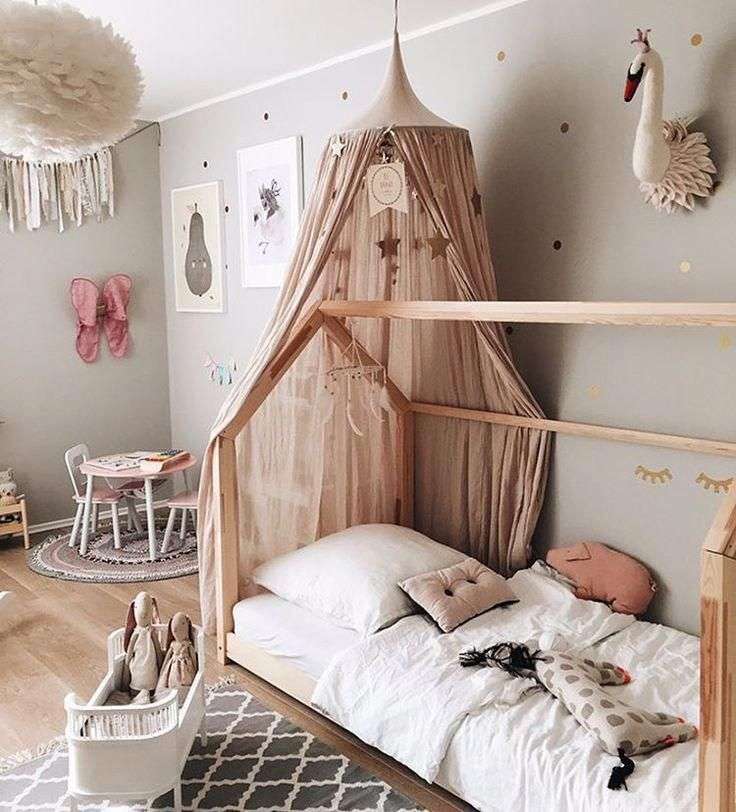
Creating a Learning Haven
- Reading Nook Dedicate a cozy corner for reading. A bookshelf filled with age-appropriate books and a comfortable reading chair can foster a love for reading from a young age.
- Artistic Expression Encourage creativity by setting up an art station with supplies like crayons, markers, and paper. Display their artwork proudly to boost their self-esteem.
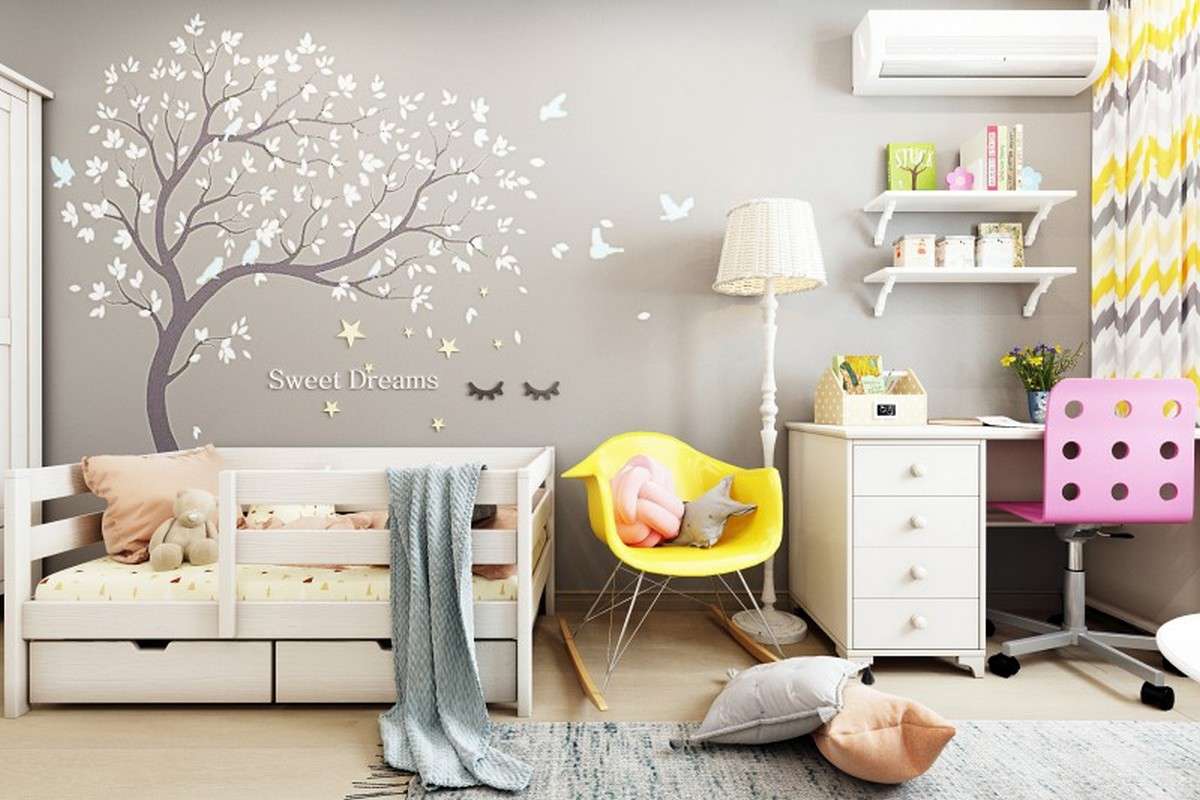
Safety Measures
Safety should be a top priority. Ensure that furniture is securely anchored to the wall to prevent accidents. Use childproof locks on drawers and cabinets, and cover electrical outlets.
Embrace Neutrals
- Longevity: Use neutral colors for the walls and larger furniture pieces to ensure they grow with your child’s evolving tastes.
Transitioning to a Big-Kid Room
As your child grows, their room should evolve with them. Find out how to transition from a nursery to a room for older kids.
DIY Projects and Crafts
Get creative with DIY projects and crafts that involve your child in the decorating process, fostering their creativity and ownership of the space.
Budget-Friendly Ideas
Decorating a kids’ room doesn’t have to break the bank. Explore cost-effective ideas that deliver impressive results.
Involving Kids in the Design
Involving your child in the design process can be empowering and educational. Learn how to include their input and preferences.
Educational and Creative Spaces
Discover the benefits of incorporating educational and creative zones within your child’s room to foster learning and imaginative play.
Sleep and Comfort
Adequate sleep is crucial for children’s growth and development. Explore ways to create a comfortable and sleep-conducive environment.
Where Imagination Takes Flight
In the world of toddler and kids bedroom design, the possibilities are as boundless as a child’s imagination. By considering safety, adaptability, and personalization, you can create a space where your child will thrive. Whether it’s a whimsical fairy tale kingdom or a serene nature-inspired retreat, the key is to make it a room where they can dream, learn, and grow.
FAQs
What is a room for kids?
A room for kids is a space designed to meet their needs and interests, providing a safe, stimulating, and comfortable environment for play, sleep, and growth.
How can I make my child’s room both fun and educational?
You can create an educational and fun space by incorporating interactive learning tools, educational posters, and engaging activities into the room’s design.
What safety precautions should I take when designing a nursery?
Safety measures include securing furniture to the wall, using safe crib designs, and keeping cords and small objects out of reach.
How can I involve my child in the design process without overwhelming them?
Start by letting them choose colors, themes, or decor items. Gradually involve them in more significant decisions as they grow.
Are there any space-saving ideas for smaller kids’ bedrooms?
Consider bunk beds, wall-mounted shelves, and multifunctional furniture to maximize space in smaller rooms.
What’s the significance of creating a sleep-conducive environment for kids?
A comfortable and sleep-friendly room helps children get better quality sleep, which is essential for their physical and mental development.
What should be in a 2 year olds bedroom?
- Crib or toddler bed with safety rails.
- Soft bedding and plush toys.
- Changing table or dresser for clothes.
- Nightlight for comfort.
What should a toddler have in their bedroom?
- Childproofing measures.
- Books and toys for play and learning.
- Low shelves for easy access to toys.
- A cozy reading nook or area.
